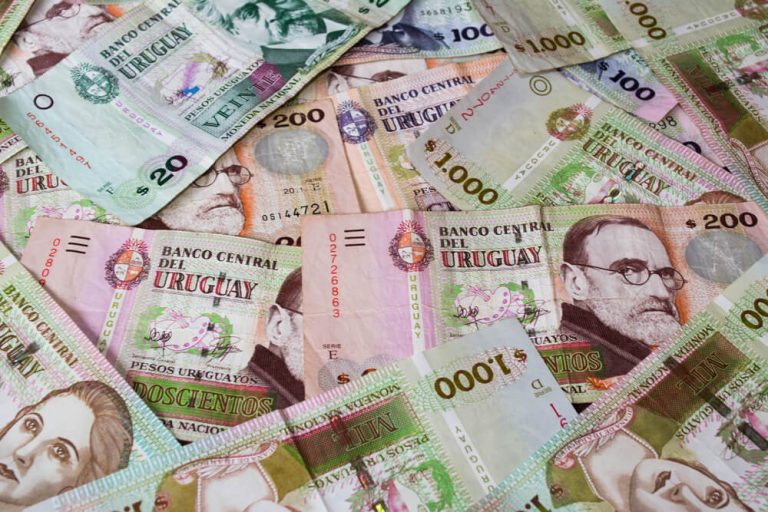
When we talk about investing in Brazil, the Selic rate and the CDI are two terms that always come up. They are extremely important in the financial market, and understanding them can make all the difference when making decisions about where to invest your money. I will explain in a simple but in-depth way what these two indexes are and how they impact our financial lives.
The Selic Rate, or Special Settlement and Custody System, is the basic interest rate of the Brazilian economy. It is set by the Monetary Policy Committee (COPOM) in periodic meetings where the country's economic conditions are assessed. Depending on the economic scenario, COPOM may raise or lower the rate to control inflation.
For example, when there is high inflation, COPOM increases the Selic rate to make credit more expensive and thus discourage consumption. In times of economic slowdown, the rate can be reduced to encourage credit and, consequently, economic activation. This generates a cascade effect in the market.
The CDI, which stands for Interbank Deposit Certificate, works differently. It is an interest rate used in transactions between banks. Basically, banks lend money to each other based on the CDI rate. Although it is also influenced by the Selic rate, the CDI more directly reflects the conditions of the interbank market.
The frequency with which the CDI is calculated is daily, reflecting short-term transactions carried out between financial institutions. Even though it is a short-term rate, it is widely used as a reference for various financial transactions, including loans and financing.
Both rates are fundamental, but they have different applications and influences. The Selic rate is broader and has a direct impact on the economy as a whole, affecting several sectors. On the other hand, the CDI has a more specific role, directly influencing financial transactions between banks.
While the Selic is a nominal, pre-fixed, long-term rate, the CDI is a post-fixed rate calculated daily. This means that Selic calculations are more stable, while the CDI can vary significantly depending on daily movements in the interbank market.
For investors, understanding the relationship between the Selic rate and the CDI is essential. Many fixed-income investments, such as government bonds and CDBs (Bank Deposit Certificates), have their returns tied to the Selic rate. Therefore, when the Selic rate rises, these investments tend to yield more.
The CDI, in turn, is used as a benchmark for short-term investments, especially DI funds. These funds are popular options precisely because of their conservative and predictable profile, often aligned with the CDI rate. In other words, the higher the CDI, the higher the return on these investments.
Understanding how the Selic rate and the CDI interact and affect the financial market can help anyone make more informed choices about their investments. For investors, the Selic rate offers a long-term reference, while the CDI offers a more dynamic short-term view.
This distinction is vital because depending on your investment objective – whether short or long term – you can choose the best strategy and financial product that best suits your needs. Therefore, it is clear that, to invest well, it is crucial to keep an eye on both indexes.
When the Selic rate increases, loans and financing become more expensive. This is because the basic interest rate serves as a reference for the cost of credit in the country.
The Selic rate target is the value decided by COPOM to guide monetary policy and control inflation, reflecting the intention to maintain economic stability.
DI funds, CDBs and short-term credit operations are directly influenced by the CDI rate, as these operations use the CDI as a reference to calculate returns.
The CDI is used as a reference because it reflects the cost of money in the interbank market, allowing several financial products to maintain a profitability close to the daily behavior of interest rates.
The CDI calculates interest rates on transactions between banks, ensuring that these transactions reflect current financial market conditions on a daily basis. Interbank loans are based on the CDI to ensure balance.
It is crucial because it helps control inflation and ensure economic stability, directly influencing the cost of credit and investor behavior.
Did you like this amazing content? If so, share it with your friends and on your social networks.
See exclusive and free content daily on our News blog and take the opportunity to follow our Google News Channel. Thank you!